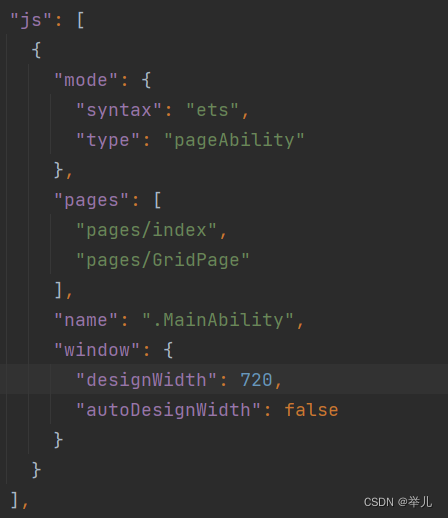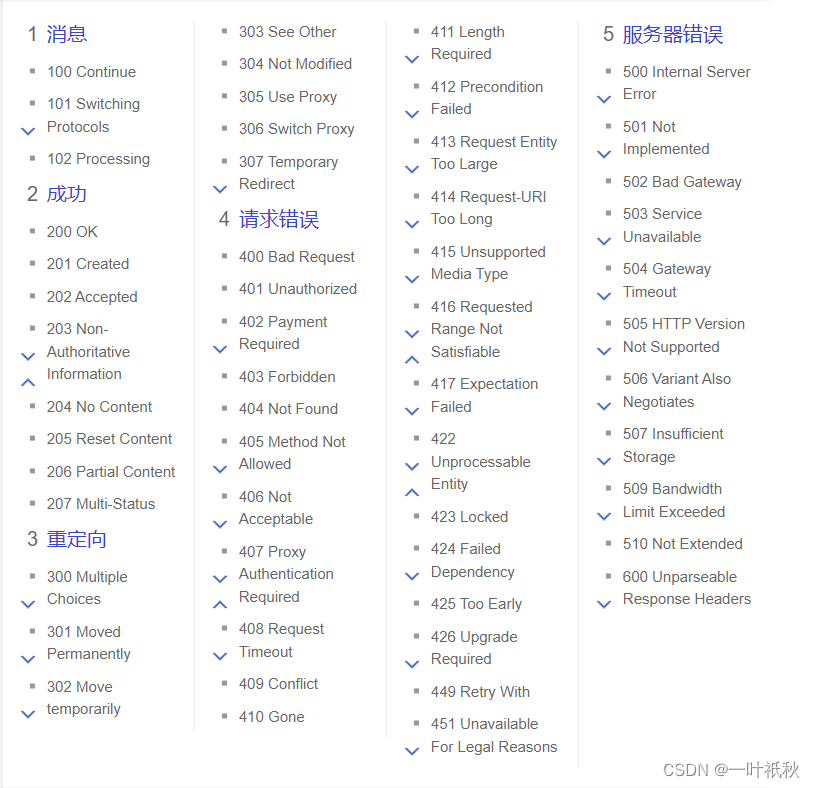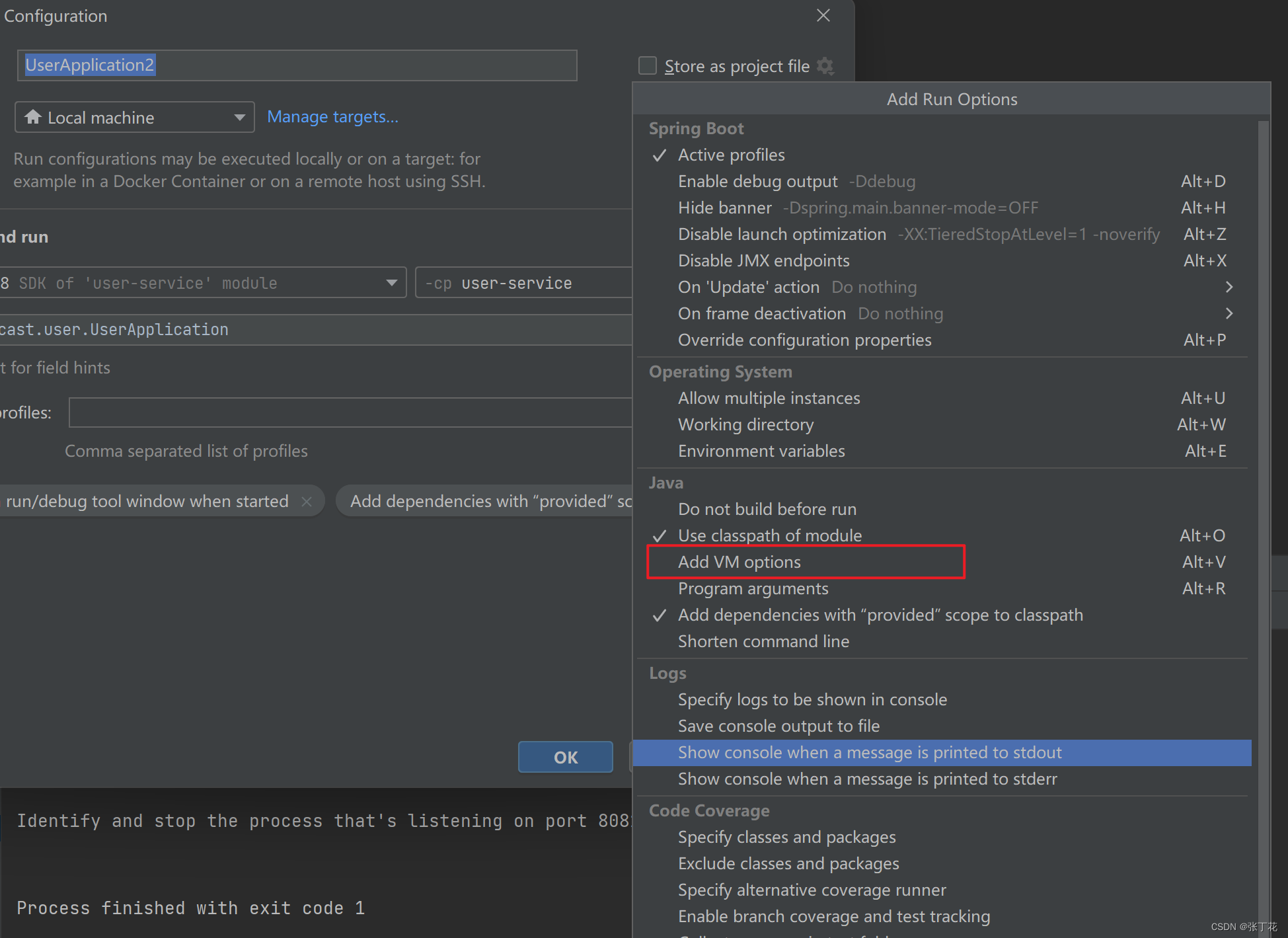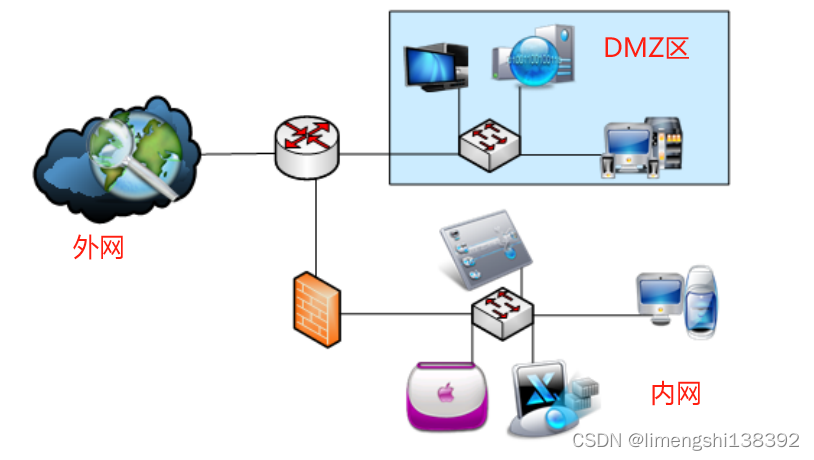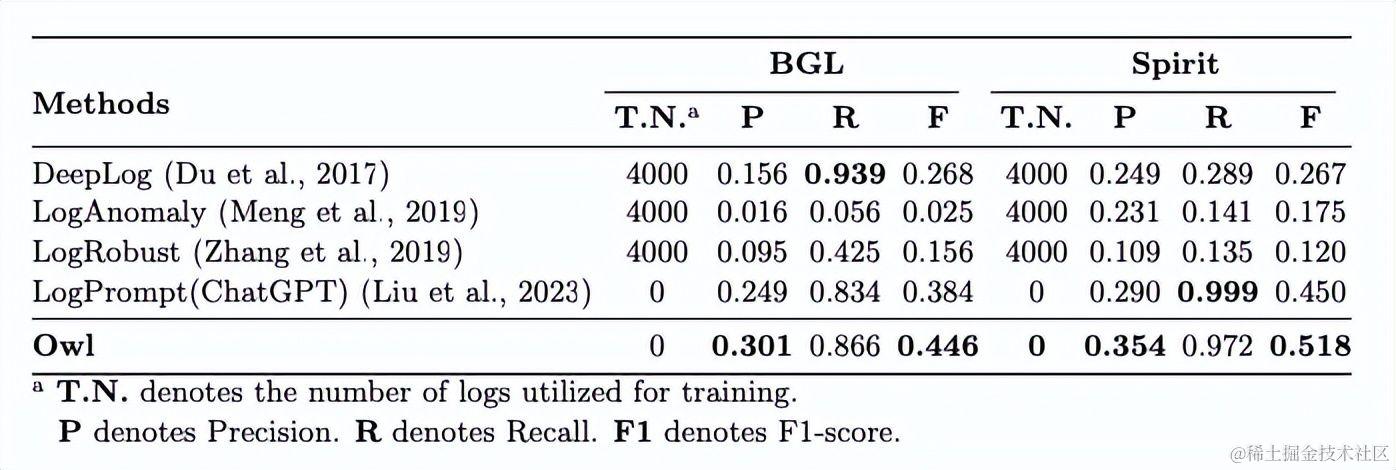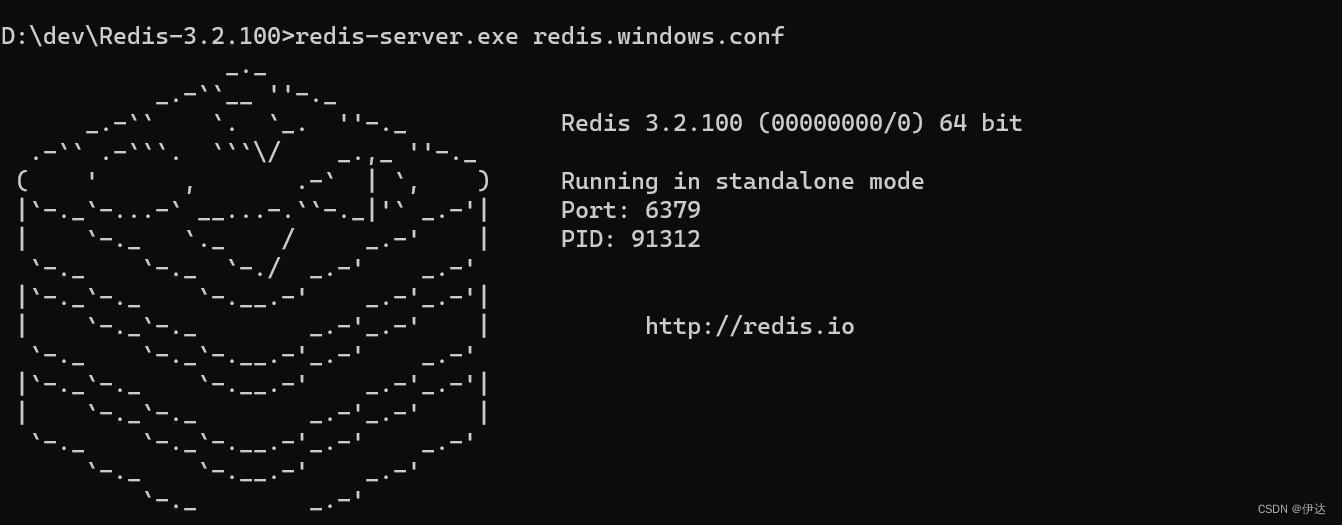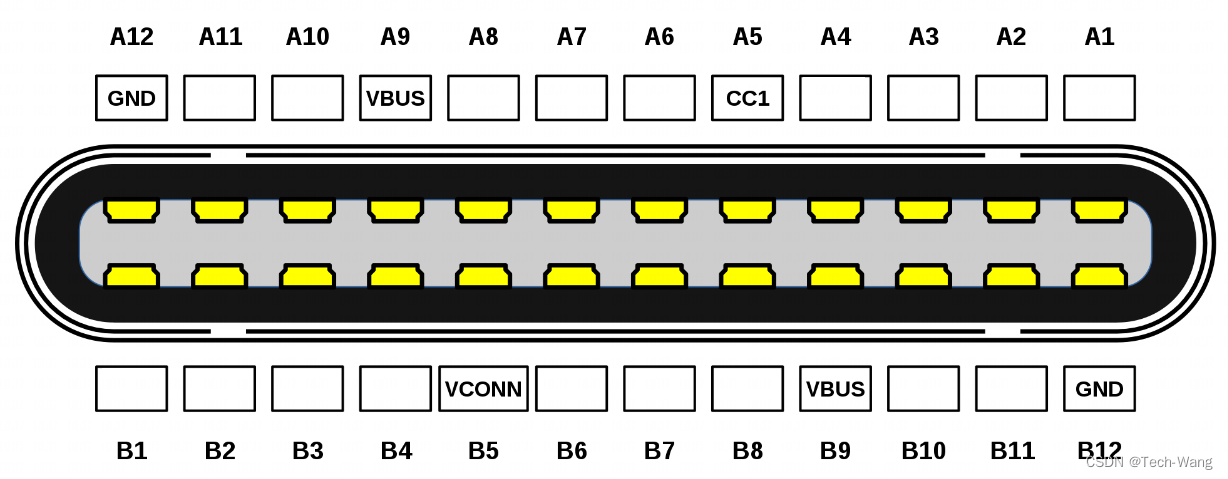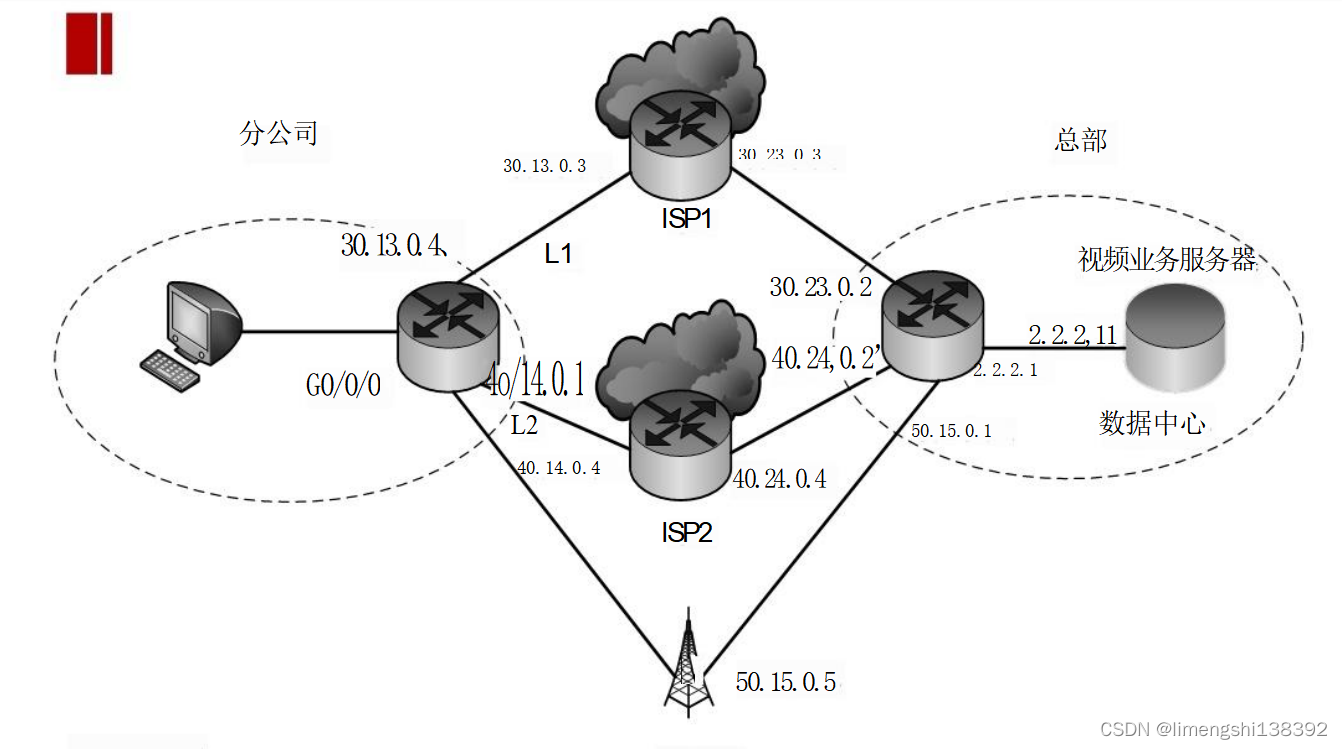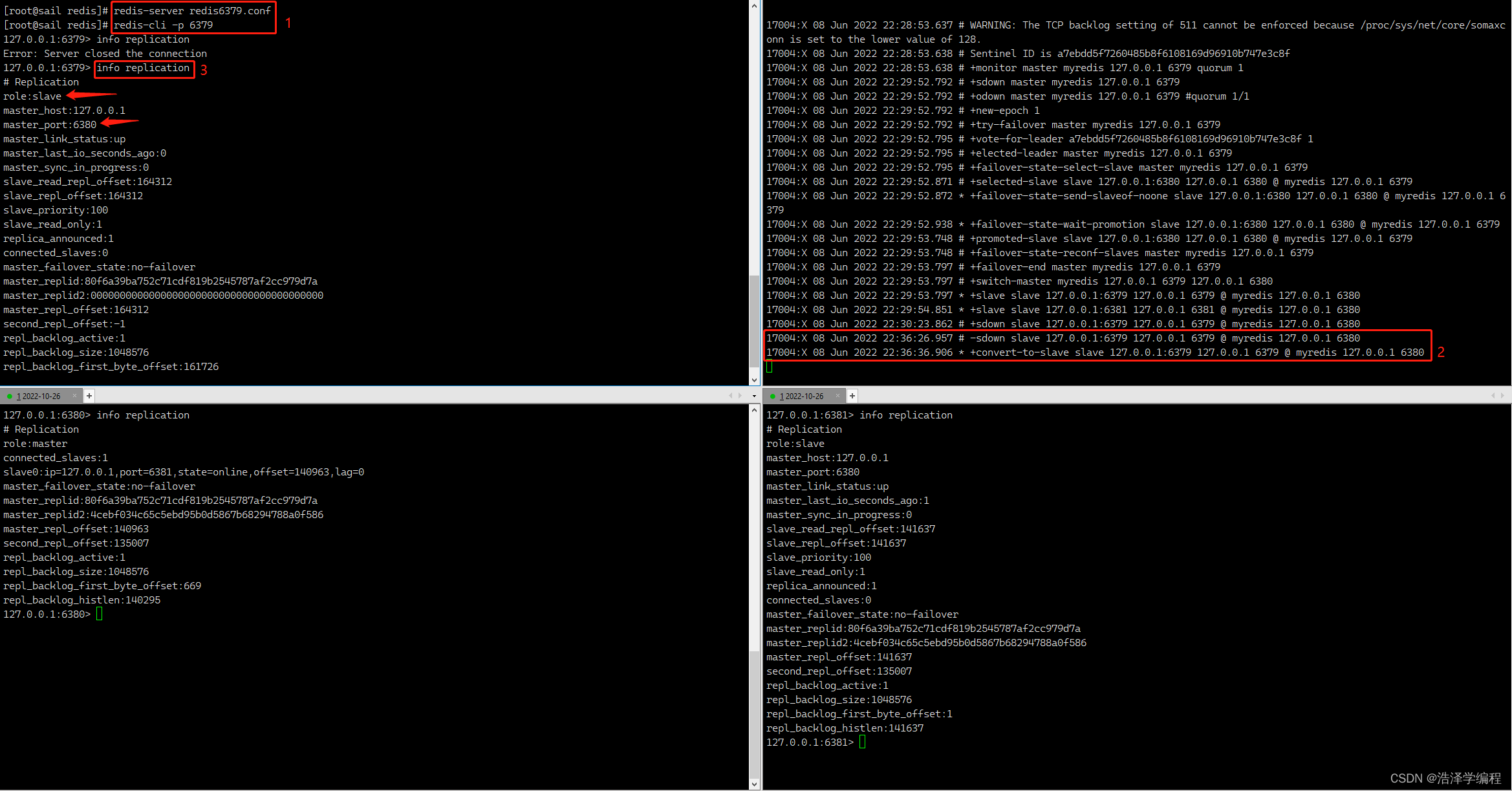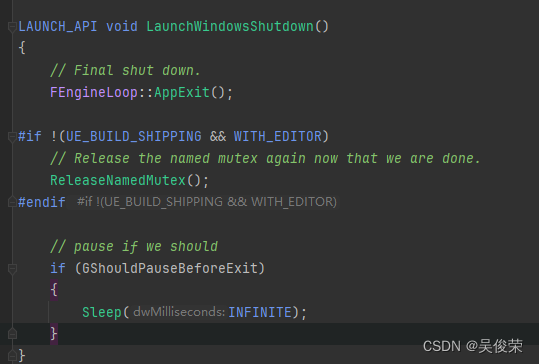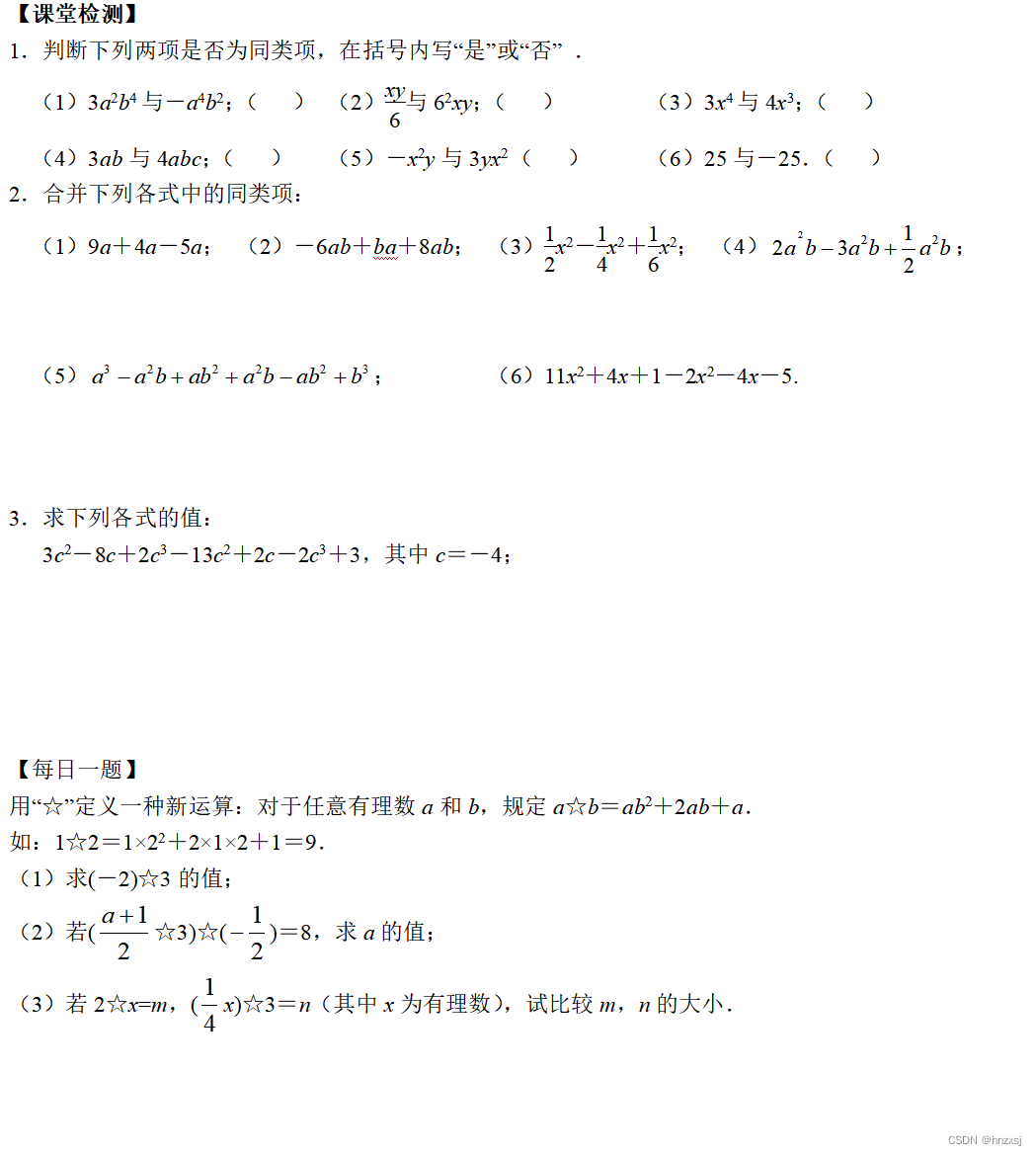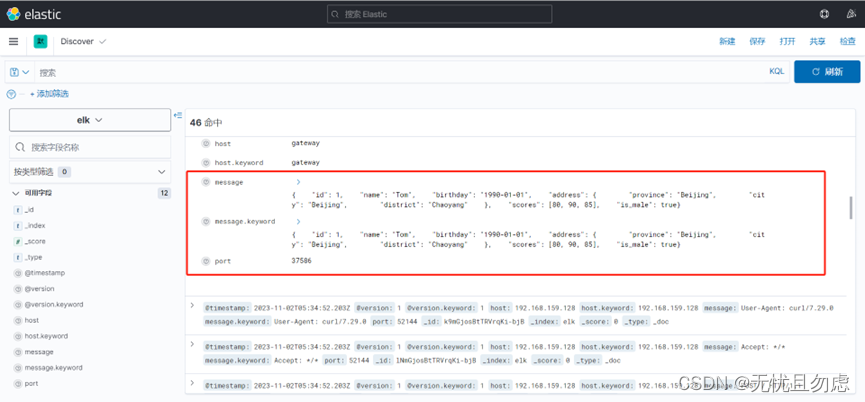List组件的使用
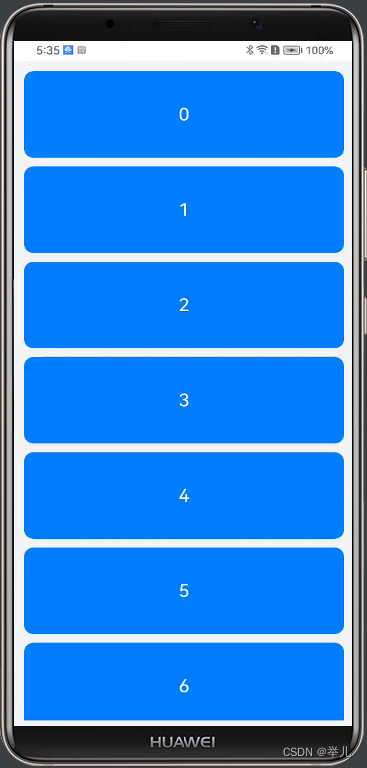
import router from '@ohos.router'
@Entry
@Component
struct Index {
private arr: number[] = [0, 1, 2, 3, 4, 5, 6, 7, 8, 9]
build() {
Row() {
Column() {
List({ space: 10 }) {
ForEach(this.arr, (item: number) => {
ListItem() {
Text(`${item}`)
.width('100%')
.height(100)
.fontSize(20)
.fontColor(Color.White)
.textAlign(TextAlign.Center)
.borderRadius(10)
.backgroundColor(0x007DFF)
.onClick(() => {
if (item === 0) {
//跳转到GridPage页面
router.push({
url: 'pages/GridPage'
})
}
})
}
}, item => item)
}
//strokeWidth: 分割线的线宽。
//color: 分割线的颜色。
//startMargin:分割线距离列表侧边起始端的距离。
//endMargin: 分割线距离列表侧边结束端的距离。
// .divider({
// strokeWidth: 1,
// color: Color.Gray,
// startMargin: 10,
// endMargin: 10
// })
//Vertical(默认值):子组件ListItem在List容器组件中呈纵向排列。
//子组件ListItem在List容器组件中呈横向排列。
.listDirection(Axis.Vertical)
}
.padding(12)
.height('100%')
.backgroundColor(0xF1F3F5)
}
.height('100%')
}
}List下用ForEach循环数据,列表子项用ListItem组件,组件中再设置布局。
divider属性设置列表分割线,listDirection属性设置列表是横向排列还是纵向排列(默认纵向)。
Grid组件的使用
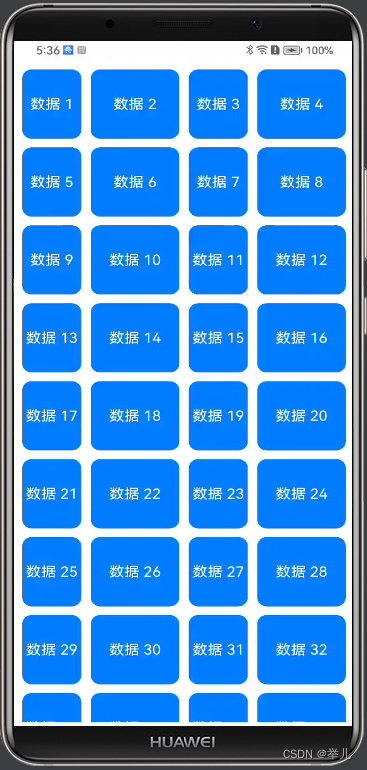
@Entry
@Component
struct GridPage {
// 定义一个数组
private arr: string[] = new Array(50)
.fill('')
.map((_, index) => `数据 ${index + 1}`);
build() {
Column() {
Grid() {
ForEach(this.arr, (item: string) => {
GridItem() {
Text(item)
.fontSize(16)
.fontColor(Color.White)
.backgroundColor(0x007DFF)
.width('100%')
.height(80)
.textAlign(TextAlign.Center)
.borderRadius(10)
}
}, item => item)
}
//指定当前网格布局中的列数(数字代表列的权重)
.columnsTemplate('2fr 3fr 2fr 3fr')
//设置当前网格布局中的行数(数字代表行的权重)
// .rowsTemplate('1fr 1fr 2fr 1fr')
//设置列之间的间距
.columnsGap(10)
//设置行之间的距离
.rowsGap(10)
.height('100%')
}
.width('100%')
.padding(10)
}
}GridItem设置子项,Grid下使用columnsTemplate属性指定当前网格布局中的列数。
rowsTemplate属性设置行数,数字代表给每行或每列设置占比的权重。
columnsGap属性设置列之间的间距,rowsGap属性设置行之间的距离。
如果行和列数同时设置只会显示设置行列内的数据,其他数据不会显示,并且只能显示在一屏内,不支持滑动,所以一般行数和列数只设置一个。
新建页面记得在config.json文件下的pages中添加,不然不会跳转。我这里创建项目用的API8,API9添加文件稍微有点差异。用最新API9的话运行到API8的远程设备会报错,所以这里创建项目选择了API和SDK都用了8.
